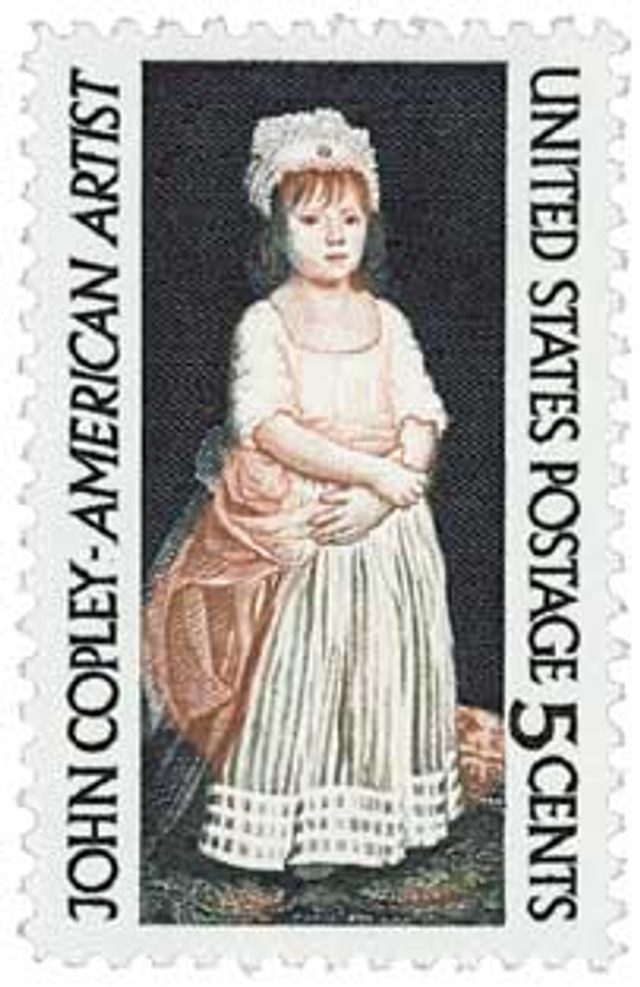
John Singleton Copley was born on July 3, 1738, in Boston, Province of Massachusetts Bay. Copley was one of Colonial America’s most successful artists and went on to have a thriving career in Europe.
Copley grew up in colonial Boston. Though he showed a talent for art at a young age, there were no art schools for him to further his training. He likely learned painting and engraving from his step father, and some of Copley’s first known portraits were exceptional for a boy of 14 years old. Before long, he was sought after by members of Boston’s high society and was invited to paint portraits in Canada on more than one occasion, but declined because he was too busy.
In addition to painting with oils, Copley was considered an American pioneer in the use of pastels. His past work was especially respected because of his great talent for capturing the textures of hair, skin, and clothing. Plus his use of light and dark gave the illusion of depth to his work.
In 1765, Copley sent his painting, A Boy with a Flying Squirrel, to Benjamin West. Born in Pennsylvania, West was a respected painter living in London. When West first saw the painting, he exclaimed, “What delicious coloring worthy of Titian himself!” Copley and West corresponded frequently, with West encouraging Copley to come to England where he was sure he would find even greater success.
Copley spent six months in New York City in 1771, during which time he painted 37 portraits. He and his wife also spent some time in Philadelphia.
As tensions between colonists and the British rose in 1773, Copley found himself caught in the middle. He had generally avoided politics and local issues. However, it was his father-in-law’s business that consigned the tea dumped in the Boston Tea Party. His family and his wife’s family were all loyalists. Copley then decided to take West up on his suggestion to move to England and arrived there in July 1774.
That September, Copley began a nine-month European tour, visiting Paris, Rome, Genoa, Naples, Florence, Venice, among others. He began his career as an English painter in 1775. His reputation had preceded him and he was well received, though he sometimes lamented that he had already produced his best works.
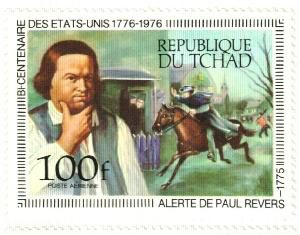
In addition to portraits, Copley also began creating historical paintings, which were fashionable at this time. He produced these paintings with painstaking precision, often visiting landmarks and studying old portraits, to ensure near-perfect accuracy. His health may have suffered because of this – he often worked from the time he woke until nightfall and rarely exercised.
Copley had hoped to return to America, but never had the time. After King George formally acknowledged America’s independence, he included the Stars and Stripes in one of his paintings – perhaps the first American flag to appear in England. He also painted many Americans that visited England and was elected and Foreign Honorary Member of the American Academy of Arts and Sciences. Copley submitted 43 paintings to the Royal Academy during his career and made a full member in 1783.
Copley had lived extravagantly throughout his life and the Napoleonic Wars brought a decline in sales. Additionally, Copley’s health worsened, though he continued to paint as long as he could. He suffered a stroke in August 1815 and died less than a month later on September 9.
Art historian Paul Staiti called Copley the greatest and most influential painter in colonial America. He produced about 350 paintings during his lifetime and is the namesake of several places in Boston and a crater on Mercury.
Click here to view more Copley paintings.
| FREE printable This Day in History album pages Download a PDF of today’s article. Get a binder or other supplies to create your This Day in History album. |
Discover what else happened on This Day in History.

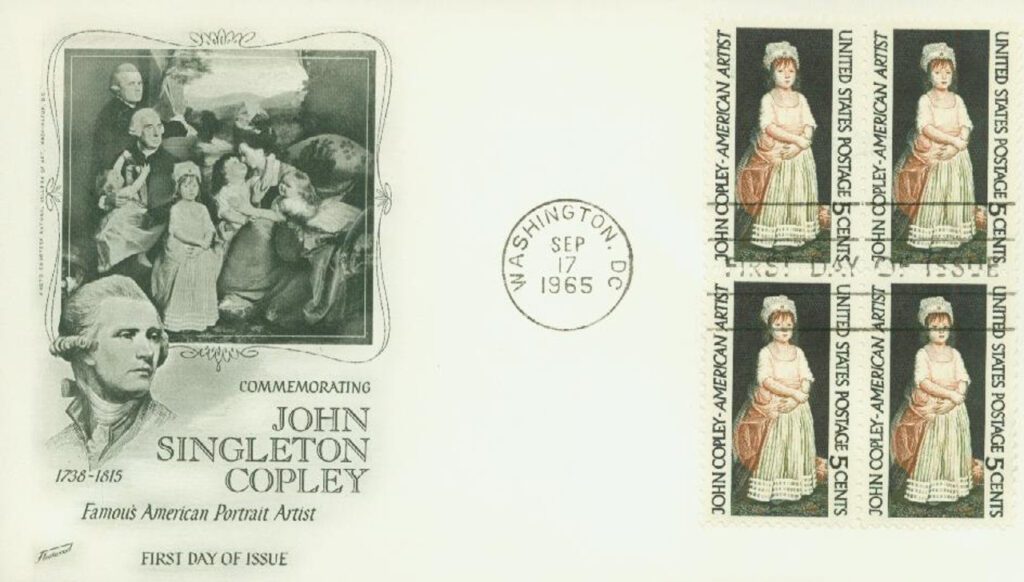

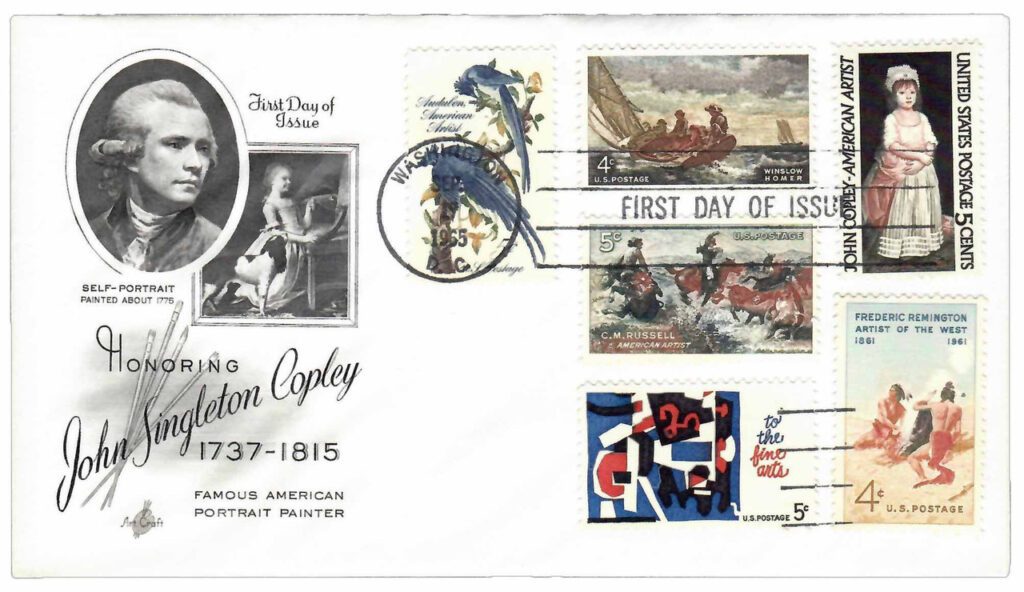
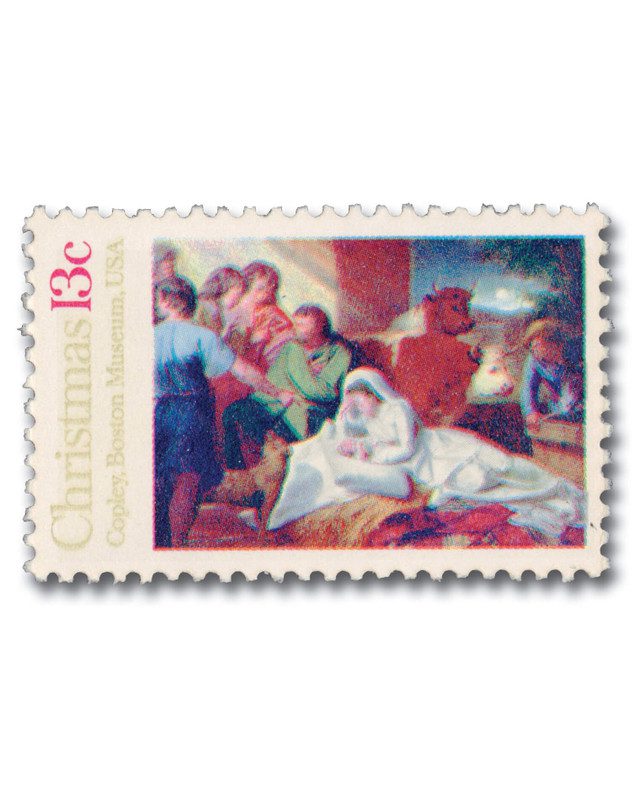
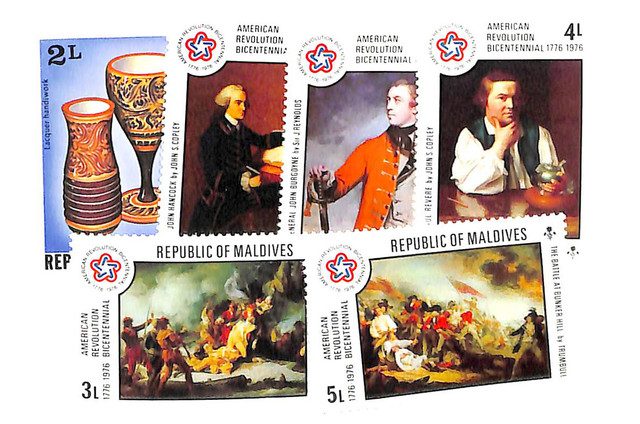
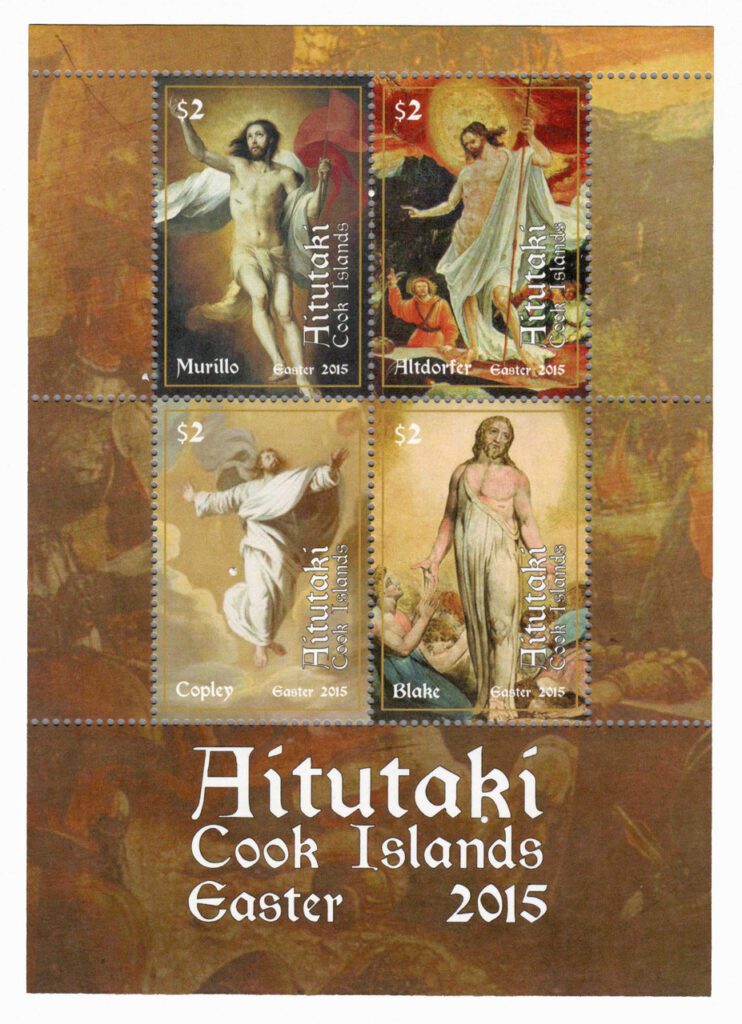

I’m not an artist but even I am moved by his art. Thanks again for another great read!